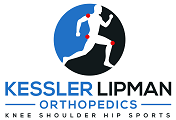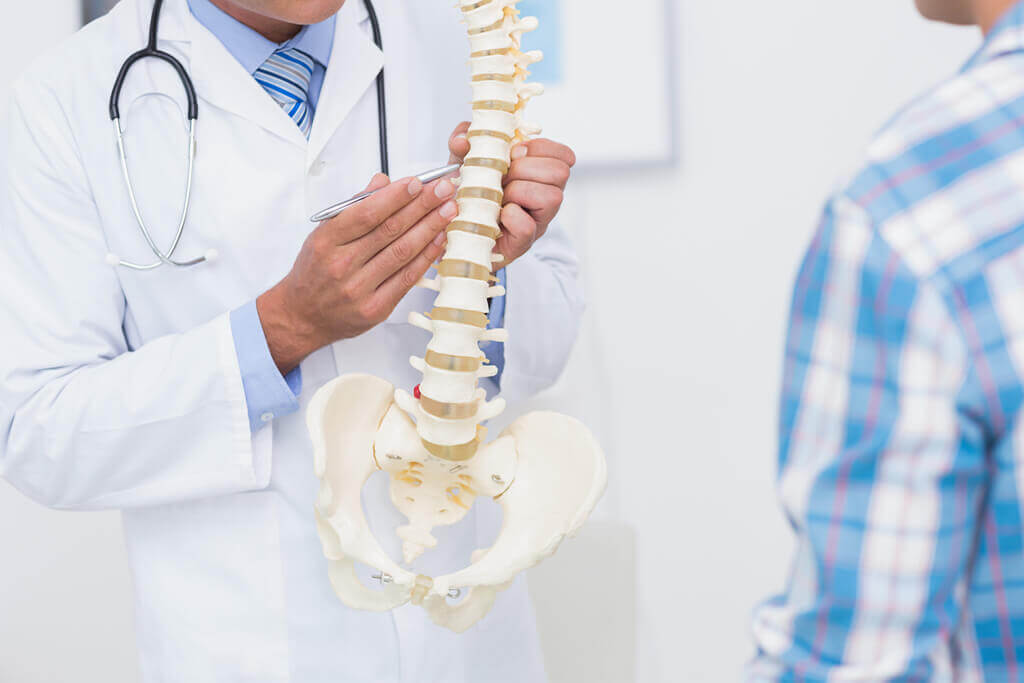Osteoarthritis of the Knee
Introduction
Anatomy
A smooth articular cartilage covers the bones in the knee joint. The articular cartilage serves as a cushion between the joints, allowing the bones to glide pain-free during motion. When the articular cartilage breaks down, the space between the joint narrows and becomes uneven.
Causes
With osteoarthritis, the knee joint continues to experience changes over several years. Eventually, very little of the articular cartilage remains. Bone-on-bone rubbing causes pain, impairs knee movements, and makes daily activities difficult.
Factors that increase the risk of developing osteoarthritis include:
• Excess weight or obesity that adds pressure to the knee joints
• Heredity
• Increasing age
• Women more than 50 years old have a higher incidence than men
• Knee injury
• Repetitive stress injury to the knee
• Participation in high impact sports
• Certain illnesses, including septic arthritis and metabolic disorders
Symptoms
Diagnosis
Treatment
If you are overweight , your doctor may recommend that you lose weight. Attaining and maintaining a healthy weight reduces the load on your knees. Participating in physical therapy can help strengthen the muscle groups around the knee joint. A knee brace can provide support.
Your doctor may recommend over-the-counter pain medications such as aspirin or nonsteroidal anti-inflammatory drugs. Your doctor may prescribe stronger prescription pain medications if necessary. Joint injections, such as corticosteroid injections or viscosupplementation, are used for osteoarthritis pain relief.
Surgery
Total knee replacement removes the damaged portion of the knee and replaces it with artificial implants. Knee replacement is the most common type of joint replacement surgery. It is highly successful for relieving pain and restoring function. Minimally invasive knee replacement surgery uses smaller incisions, and is associated with shorter hospital stays, shorter rehabilitation periods, and a quicker recovery time than traditional total knee replacement. Your doctor will let you know which knee joint replacement method is best for you. Overall, most people experience a dramatic reduction of knee pain and the ability to resume functional activities after knee arthroplasty.

Copyright © - iHealthSpot Interactive - www.iHealthSpot.com
This information is intended for educational and informational purposes only. It should not be used in place of an individual consultation or examination or replace the advice of your health care professional and should not be relied upon to determine diagnosis or course of treatment.
The iHealthSpot patient education library was written collaboratively by the iHealthSpot editorial team which includes Senior Medical Authors Dr. Mary Car-Blanchard, OTD/OTR/L and Valerie K. Clark, and the following editorial advisors: Steve Meadows, MD, Ernie F. Soto, DDS, Ronald J. Glatzer, MD, Jonathan Rosenberg, MD, Christopher M. Nolte, MD, David Applebaum, MD, Jonathan M. Tarrash, MD, and Paula Soto, RN/BSN. This content complies with the HONcode standard for trustworthy health information. The library commenced development on September 1, 2005 with the latest update/addition on February 16, 2022. For information on iHealthSpot’s other services including medical website design, visit www.iHealthSpot.com.


